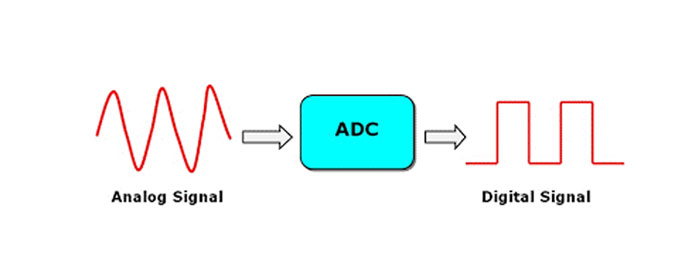 Lithium-Ion Battery Storage for the Grid—A Review of Stationary Battery Storage System Design Tailored for Applications in Modern Power Grids
Lithium-Ion Battery Storage for the Grid—A Review of Stationary Battery Storage System Design Tailored for Applications in Modern Power Grids
Abstract: Battery energy storage systems have gained increasing interest for serving grid support in various application tasks. In particular, systems based on lithium-ion batteries have evolved rapidly with a wide range of cell technologies and system architectures available on the market. On the application side, different tasks for storage deployment demand distinct properties of the storage system. This review aims to serve as a guideline for best choice of battery technology, system design and operation for lithium-ion based storage systems to match a specific system application. Starting with an overview to lithium-ion battery technologies and their characteristics with respect to performance and aging, the storage system design is analyzed in detail based on an evaluation of real-world projects. Typical storage system applications are grouped and classified with respect to the challenges posed to the battery system. Publicly available modeling tools for technical and economic analysis are presented. A brief analysis of optimization approaches aims to point out challenges and potential solution techniques for system sizing, positioning and dispatch operation. For all areas reviewed herein, expected improvements and possible future developments are highlighted. In order to extract the full potential of stationary battery storage systems and to enable increased profitability of systems, future research should aim to a holistic system level approach combining not only performance tuning on a battery cell level and careful analysis of the application requirements, but also consider a proper selection of storage sub-components as well as an optimized system operation strategy.









